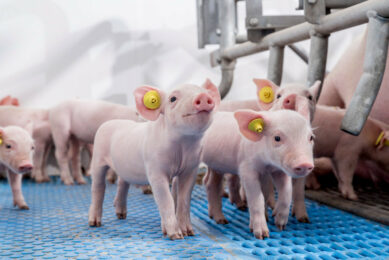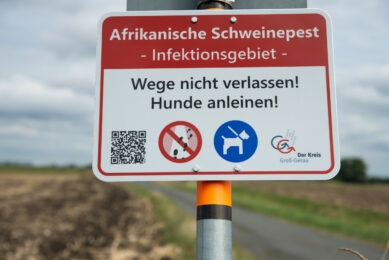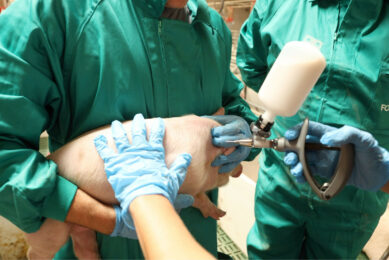How dangerous is the African Swine Fever virus?

This week I’ve been speaking to various experts in the industry about African Swine Fever (ASF) and whether or not they think the virus is progressing into the European Union (EU).
As is well known, in January and February, the first EU countries to report ASF outbreaks inside their territories were Poland and Lithuania. Both reported the finding of wild boars – two in eastern Poland, and two in southern Lithuania. The findings appeared incidental and did not affect any commercial production. Trade bans followed. But on the outbreak side, ever since it’s remained silent.
Is it time for a sigh of relief? Will it just be these occasional outbreaks?
From Russia, there seems to be the conviction that the European Union is underestimating the problem. Anton Aspenov from the Russian veterinary watchdog Rosselkhoznadzor even told Pig Progress: “European vets are now finding themselves in a situation where Rosselkhoznadzor was about seven years ago. […] The situation now is just the same, and the EU is making the same mistakes as Russia did. Instead of taking urgent preventive actions […], the authorities continue to slowly discuss the problem.”
True, wild boars appear to play an important role in the spread of the virus. They usually don’t stop running at borders.
Nevertheless, there are various reasons why the Europeans may not have to fear a massive direct damage to the commercial pig population as happened in Russia.
- The virus is not as virulent as Classical Swine Fever – I understand it would almost require physical contact between pigs or shedding in very high concentrations in order to be infectious. With the vast majority of commercial pigs in the European Union being kept indoors on farms with high biosecurity standards, the chances of physical contact with ASF infected wild boars are relatively low.
- ASF virus can continue to circulate when it enters the food chain, with leftovers being fed to the (backyard) pigs again. This way of operating is unknown of in (Western) European commercial production, with specific high quality manufacturing processes of pig feed.
- The three cases in the European Union have been documented, reported and communicated extensively, thus allowing each veterinarian in the EU to update him- or herself even better and thus be better prepared should a following occurrence arise.
I am far from thinking that this will be the last piece ever written about African Swine Fever. Also the virus threat may be around for a long time.
Let me know what you think – am I also underestimating the problem?











